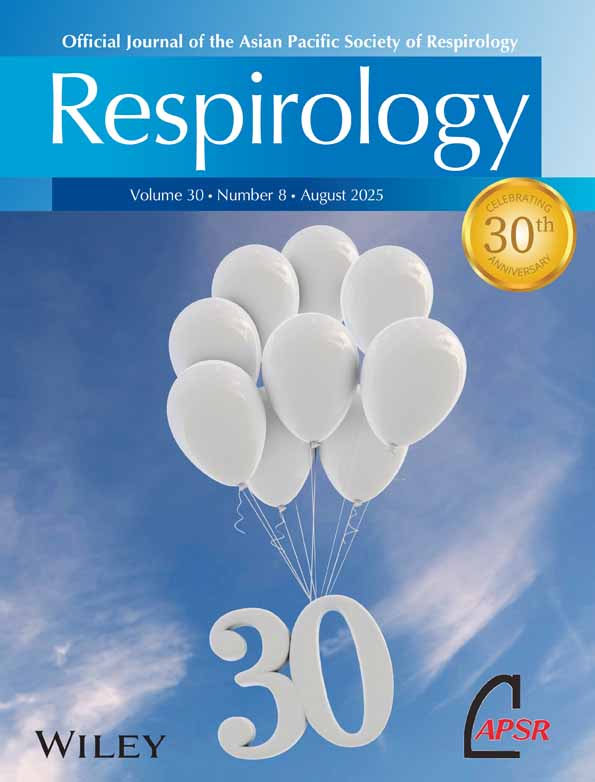Detection of nocturnal wheezing in bronchial asthma using intermittent sleep tracheal sounds recording
Abstract
Common clinical features of bronchial asthma include bronchoconstriction during the night, particularly while asleep. Although bronchoconstriction reduces the quality of life and can cause life-threatening events, a clinical technique for evaluating bronchoconstriction during sleep has not been widely applied. In this study, we measured nocturnal wheezing by intermittent sleep tracheal sounds recording (ISTSR) to detect bronchoconstriction during the hours of sleep. Using ISTSR, we studied the number and duration of nocturnal wheezing episodes in 27 adult patients with bronchial asthma. Nocturnal wheezing was detected in 36 of 39 recordings. Although the pattern of hourly nocturnal wheezing count (hourly NWC pattern) varied among subjects, there appeared to be a reproducible pattern within individuals. When wheezing alternated between long and short duration, bronchoconstriction tended to be more severe. The NWC in 1 h (NWC/H) was positively correlated with subjective symptoms and inversely correlated with the morning per cent peak expiratory flow. The hourly NWC was significantly greater at 05:00 than that at midnight. Intermittent sleep tracheal sounds recording has potential to be a non-invasive clinical tool for detecting nocturnal bronchoconstriction during hours of sleep in patients with asthma.




